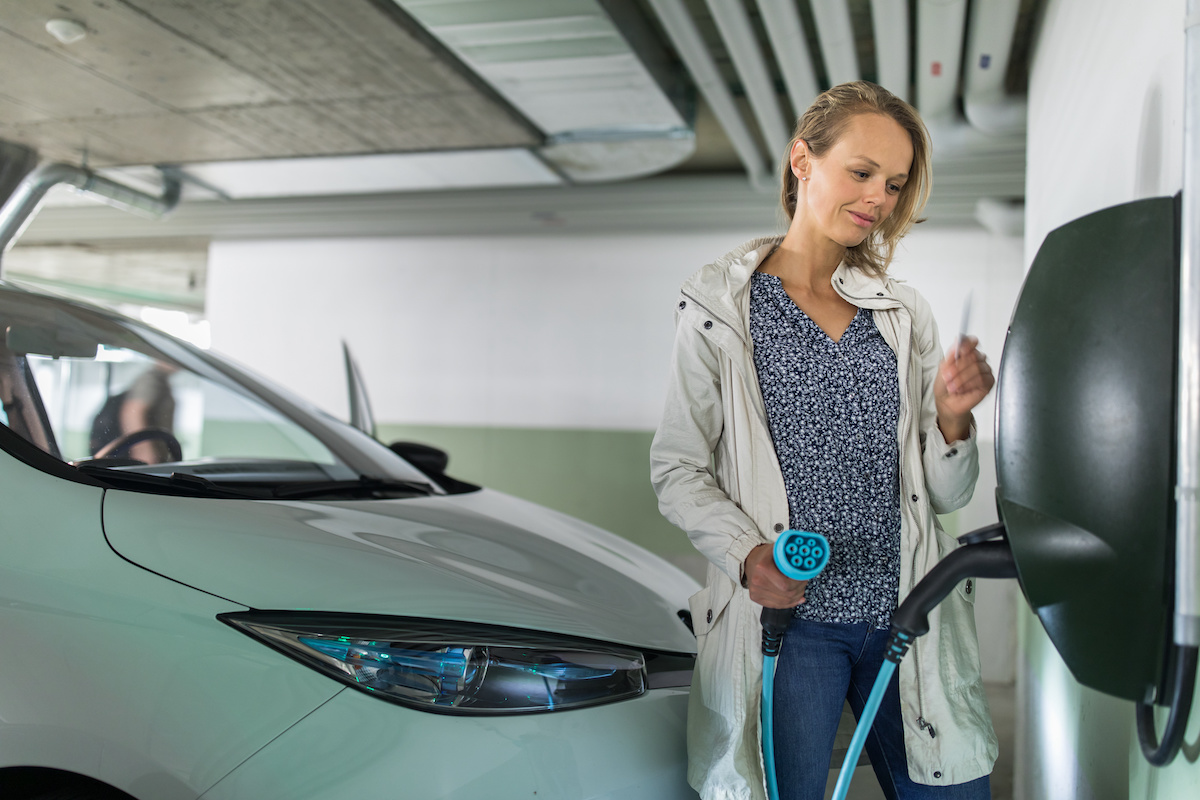While electric vehicles make up just 3% of all U.S. car sales, Biden’s recent executive order calls for half of all car and truck sales to be electric, hydrogen fuel cell, or plug-in hybrids by 2030. Two major challenges consumers often cite, reports The Wall Street Journal, are the price of electric vehicles and the availability of charging stations. The average home outlets are 120 volts with 15 or 20 amps, charging vehicles 3 to 5 miles of range every hour. This is also referred to as Level 1 charging. Level 2 charging can be a costly upgrade, usually a few thousand dollars.
Level 2 charging uses a 240-volt circuit and cars can be charged at amperages ranging from 16 to 80, depending on the car. “Every electric vehicle can accept different levels of power,” Mr. Moloughney said. “So you match the charger to what your car can accept.” A car that charges at 80 amps on a 240-volt circuit can take 19.2 kilowatts an hour, he said. That translates to 50 to 60 miles of range per hour, roughly 10 to 20 times as fast as a Level 1 charging setup.
While it is common for homeowners to upgrade to 240-volt outlets, wall-mounted charging stations deliver a more powerful and faster charge. The cost of upgrading is typically several thousand dollars, including labor and a few hundred dollars for the charging station itself.
In addition to brand-specific charging stations, dozens of companies sell brand-agnostic systems. One is ChargePoint, which sells charging stations that can work with all electric vehicles on the market, said Colleen Jansen, the company’s chief marketing officer. “Maybe you have a Tesla today and you want a Polestar tomorrow,” she said. “You don’t have to worry about getting locked into any one brand.”










